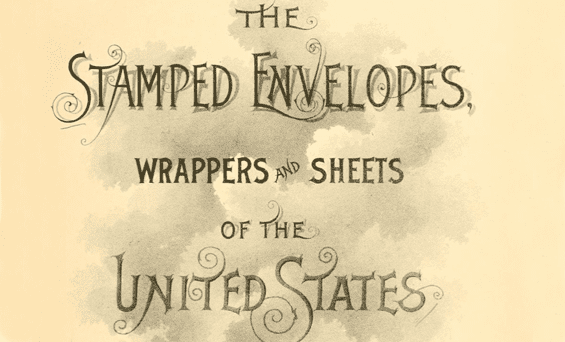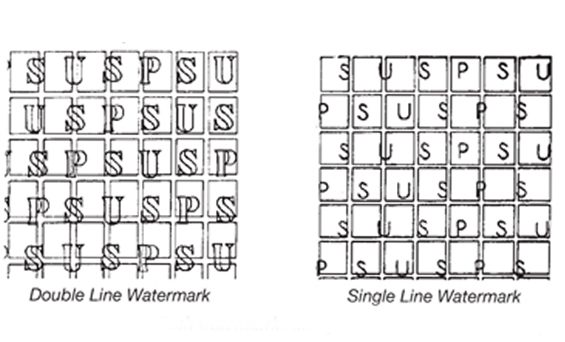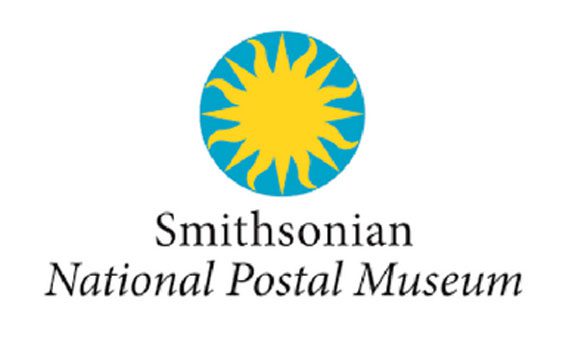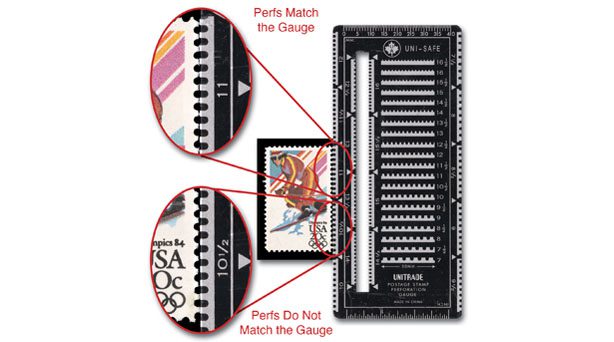How to collect seldom-seen formats
Collecting stamp position blocks and pairs is fun and rewarding. The legendary “Farley’s Follies” are a good example. They offer you the opportunity to own scarce stamps with a neat stamp story!
Everything you need to know about how to collect stamps and making the most of your collection!

Collecting stamp position blocks and pairs is fun and rewarding. The legendary “Farley’s Follies” are a good example. They offer you the opportunity to own scarce stamps with a neat stamp story!

Here are some editions of The London Philatelist that were published in England in the late 19th and early 20th century.

The Stamped Envelopes, Wrappers and Sheets of the United States by John Kerr Tiffany (1892) This book gives a summary of stamped envelopes issued by the Post Office Department and lists of varieties by producer printer.

Die-cut perforations are cut by a metal device to produce perforation-like wavy lines for separating stamps. Self-adhesive stamps are die-cut.

Discover everything you need to know about watermarks on your stamps.

Want to go in-depth? Arago is your resource to the study of philately and postal operations, using items from the National Postal Museum’s collection.

Collectibles like baseball cards, coins, and stamps, are graded and priced according to their condition, scarcity, and overall appeal.

Whether at home or in a storage unit, stamps and covers should be kept where humidity and temperature are at safe and fairly consistent levels.

Sometimes two stamps look alike and the only difference is the gauge of the perforations. Perforations are small rows of holes punched between stamps to make them easier to separate.